 BACK
BACK
The court of the main canal
Also known as "Court of the River", it's a narrow and long space.
 Make your selection to discover more places
Make your selection to discover more places
These famous crossing jets, which have been copied the world over, were, however, only installed in the 19th century. Nevertheless, an archaeological excavation in 1958 revealed that at one time it had twelve spouts.
Being completely closed in, the court once had an intimate quality about it, which later reforms to it have sacrificed. In addition to the arcaded pavilions on the sides, there were also one storey dwellings, if only on the west side, which were badly damaged in a fire in 1958 that later prompted the earlier mentioned excavation.
The Court of the Main Canal (Patio de la Acequia) was designed as an interior garden, with the exception of the small lookout point on the west side, adjacent to the central arbour. The side part was originally enclosed by a high wall with a continuous eave, which was destroyed during the Christian era. Some of the remains can be seen at both ends.
As a result, it was transformed into a sort of belvedere when the landscape appeared, and the intimate quality of the place was lost. Added to the length of the court was a narrow open corridor with arches and the figures of the Catholic Monarchs, a yoke and arrows painted on the intrados along with the well-known expression, “It’s all the same” (“Tanto Monta”).
Originally, the central observation point must have been the only opening to the outside in the court, which to this day preserves the lavish plasterwork decoration from the time of Sultan Isma’il I (1314-1325). Some of the plasterwork, though, was removed and mounted on other plasterworks during the reign of Muhammad III (1302-1309).
The low windows of the observation point are a characteristic of Nasrid architecture. People could lounge on the floor, and with their arm on the sill, contemplate the landscape around the Palace and its gardens, the hill on which the Alhambra stands, and the city of Granada in the background.
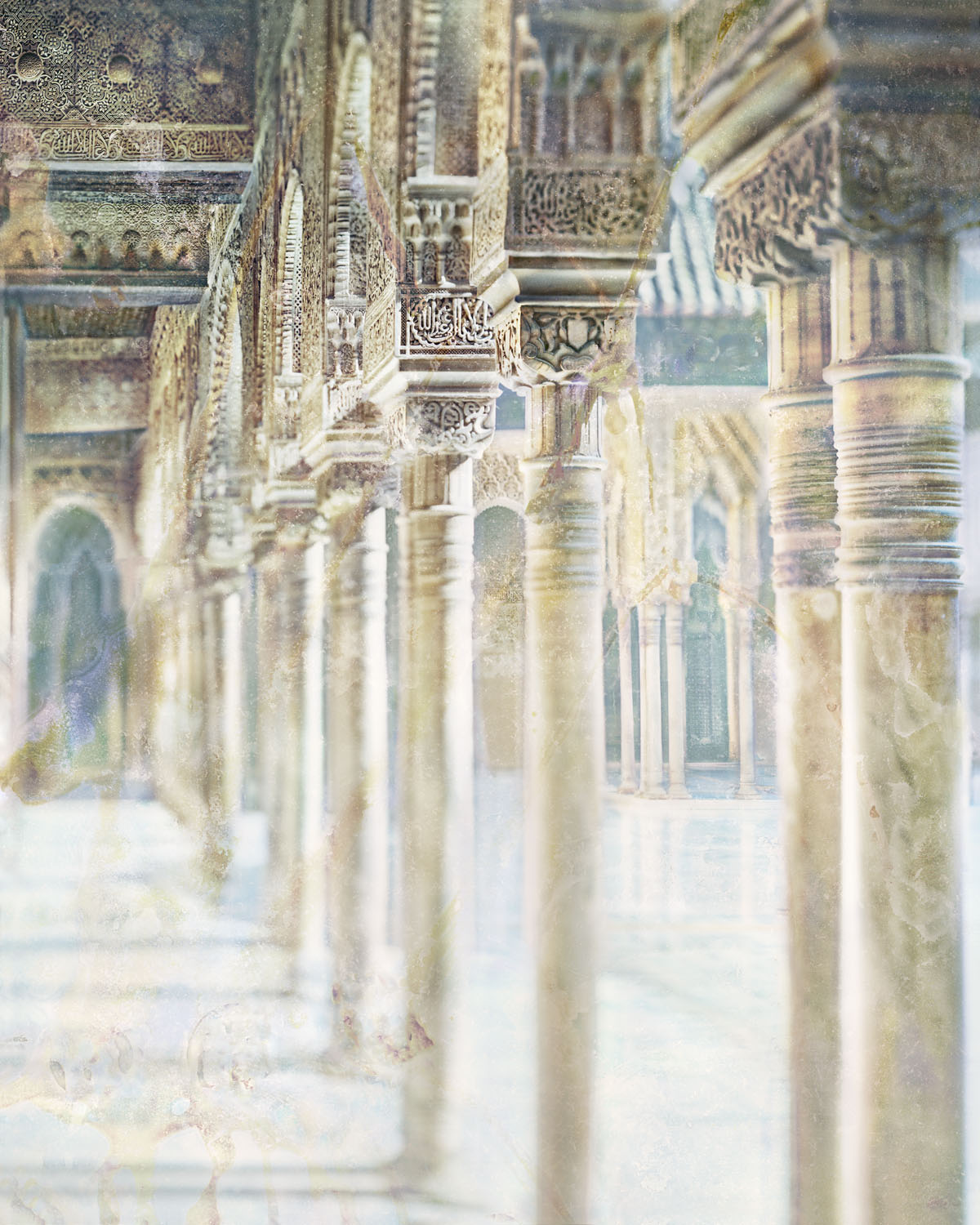
La Alhambra, a look from Fernando Manso
MORE INFORMATION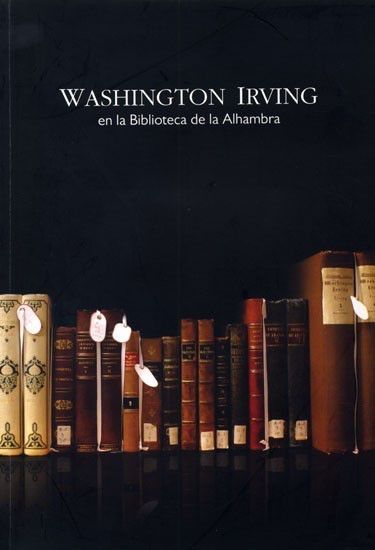
WASHINGTON IRVING AND THE ALHAMBRA
MORE INFORMATION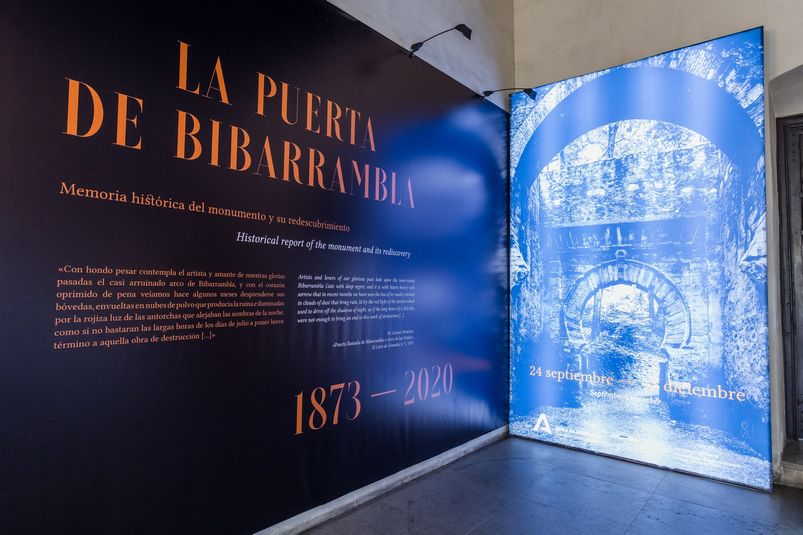
THE GATE OF BIBARRAMBLA. Historical report of the monument and its rediscovery
MORE INFORMATIONTHE EMPEROR´S CHAMBERS
MORE INFORMATION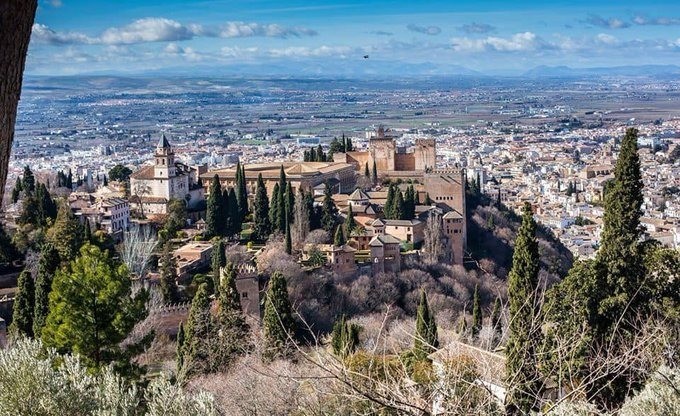
The Council of Alhambra and Generalife will refund automatically the full amount of the bookings
MORE INFORMATION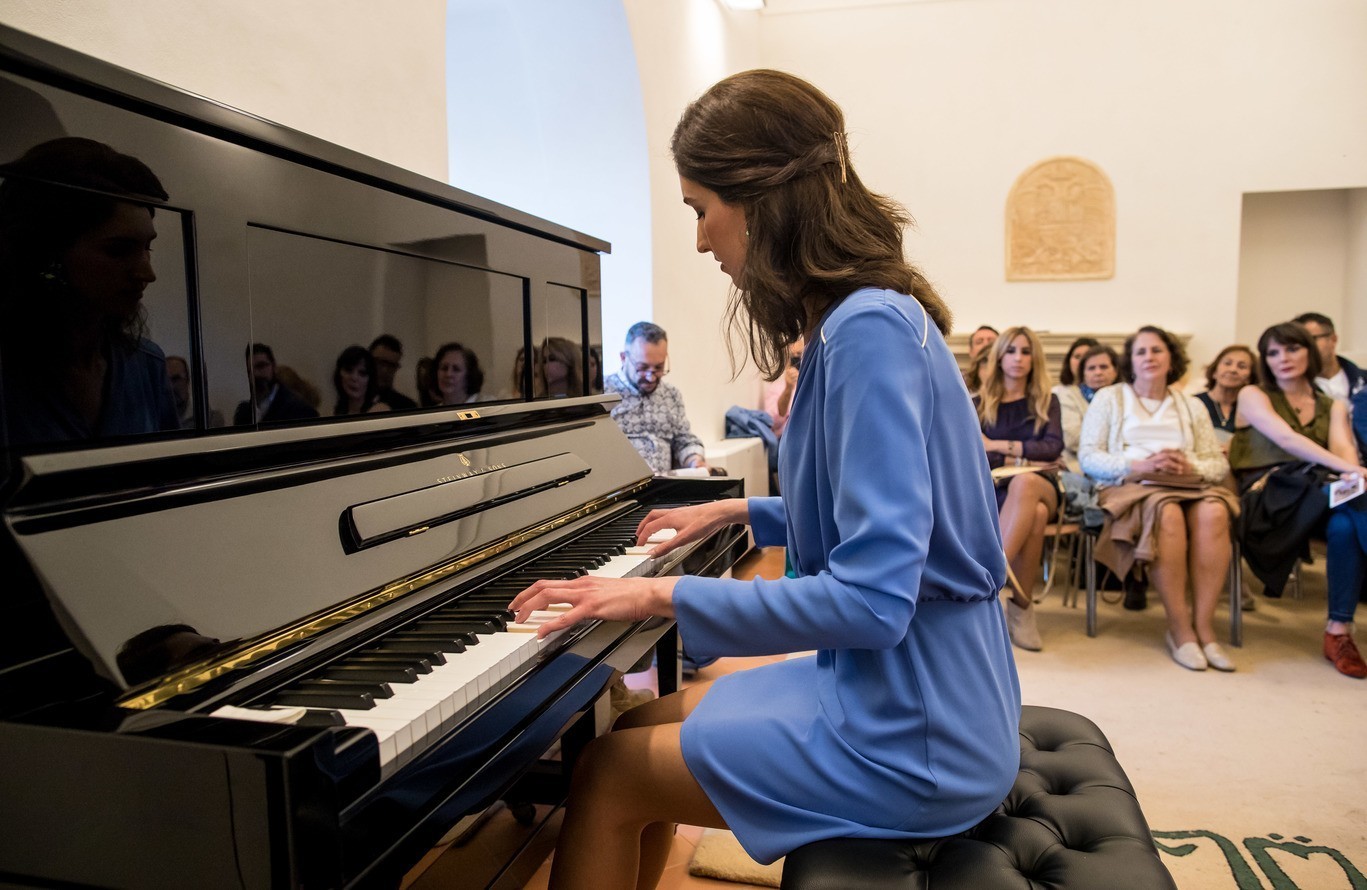





 Contact
Contact


















